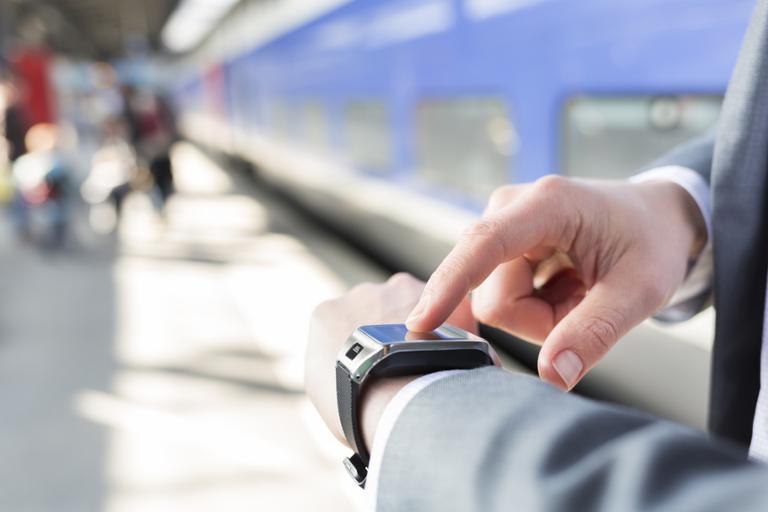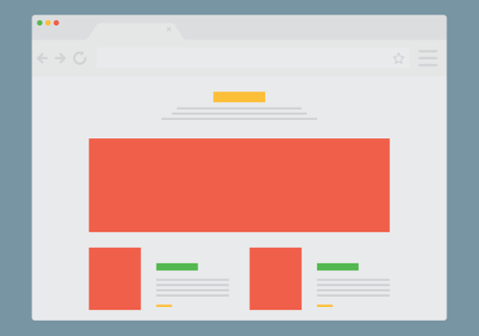Most user-experience (UX) designers are so busy, they may not see some big changes coming to their world. These changes center largely on the Internet of Things, that rapidly growing field where machines talk to machines, and users interact with “smart” products that are sensor-equipped and Web-enabled. For example, you might have heard talk of a
“smart refrigerator,” which relies on sensors to determine what’s inside of it and whether you need more of a particular foodstuff. But the Internet of Things goes way beyond appliances.
Smart parking spaces let drivers know when they’re available; factory lines can “learn” how to make things more efficiently; aircraft engines will report back to the manufacturer when a problem is imminent. All these things need UX designers to craft how humans interact with them.
How Skills Evolve
“Designing for the Internet of Things (IoT) raises all the challenges of cross-platform design, and more,” wrote Claire Rowland in a recent edition of
UX Magazine. “An obvious difference is the much wider variety of device form-factors, many without screens. Less obvious differences include the effects of many IoT devices being only intermittently connected.” Even simple tasks can quickly become complex, Rowland added, once you factor in an ecosystem that needs to seamlessly connect hardware, services, and people. “Some skills will map and some skills won't,” said Kelly Franznick, founder and chief experience officer at Blink UX in Seattle. “We think of UX designers as working on digital products, but that’s changing. We’re not just working on 2D screens anymore.” Franznick cites the Fitbit as an example of a user experience that involves several devices and platforms; users interact with it on their arms, through their smartphones and a Web portal. Whereas designers are used to creating wireframes to map out how an interactive product will work, their thinking must shift to encompass interfaces that may not be limited to a single screen—or even a single device. And that’s where some UX designers may get into trouble. “They need to up their game so they’re as familiar with designing systems that aren’t screen-based,” Franznick said. Instead of computer-generated prototypes, they may have to build physical models to demonstrate and test how a product could work. He predicts that the ability to assemble components and program them as prototypes will evolve into a key skill, as will familiarity with tools like
Arduino, an open-source a hardware/software package that allows users to build physical devices. “I think most UX designers can do this,” Franznick said. “They have the best skill sets for this, like understanding use cases and user scenarios.” What they’ll need to get used to is “the idea of no interface, which means the interface is everywhere.” In such an environment, voice, gestures and even predictive behaviors become important: “It's really lots of UI in bits and pieces.” In addition to becoming more comfortable with hardware, UX designers will need to tap into some basic industrial design skills, such as the ability to sketch a 3D product. Franznick suggests that “looking at the Maker movement and taking advantage of open-source things like Arduino prototypes are a good way to get your feet wet.”
A Lot of Potential
When it comes to finding work in the Internet of Things, many UX designers may confront a common conundrum: Employers will want to see applicable experience, which becomes an issue when most of your projects have been limited to digital products. But as Franznick notes: “The great thing about the early days is there’s not tons of people out there with the experience.” That means passion counts. A strong portfolio that demonstrates interest in IoT products can go a long way toward convincing prospective employers that you’re right for the job; so will your ability to demonstrate familiarity with a range of IoT applications and their respective UX. And because the IoT will impact a number of businesses, the need of UX developers is sure to grow. Companies with traditional products are trying to determine where the IoT fits into their strategies, while industrial firms want to make their systems smarter. Large tech companies are getting into the space, also, Franznick noted. Put it all together and “the opportunities will be there.”



